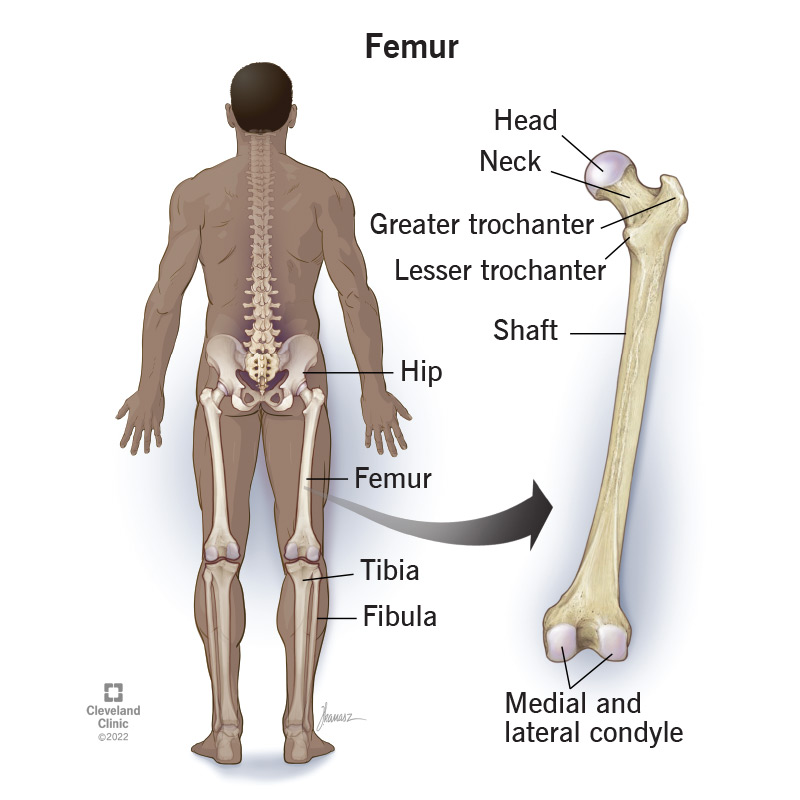How many sides are there in the human brain?
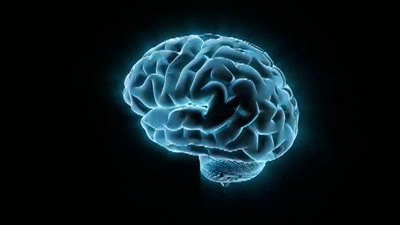
Two: The left and the right!
People who are especially skilled in one area or a certain type of activity are often considered left or right brained. The thought behind this is that one side is stronger than the other, but that's not the case. Instead, each side is more or less responsible for certain roles or areas of focus. The left side is generally responsible for logic and language, while the right is responsible for creativity and intuition. In reality, both sides work together, and stronger skills result from the two hemispheres working well together.
What should you never do with an umbrella inside?

Open it!
Legend has it that ancient Egyptians believed that opening an umbrella indoors — away from the sun — was a disrespectful act that would anger the sun god, who would then take out his anger on everyone in the house in which the umbrella had been opened.
What blood sucking monster cannot go out in the daytime, sleeps in a coffin and can turn into a bat?
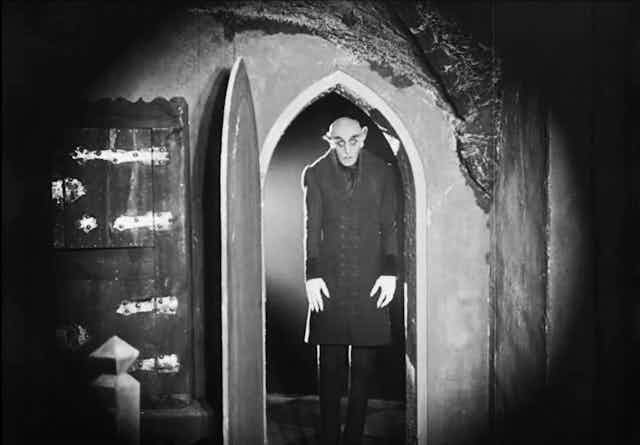
Vampires!
Vampire, in popular legend, a creature, often fanged, that preys upon humans, generally by consuming their blood. Vampires have been featured in folklore and fiction of various cultures for hundreds of years, predominantly in Europe, although belief in them has waned in modern times. Dracula is arguably the most important work of vampire fiction. The tale of the Transylvanian count who uses supernatural abilities, including mind control and shape-shifting, to prey upon innocent victims inspired countless works thereafter.
This gothic horror novel by Irish author Bram Stoker involves a solicitor entering the Transylvanian castle of a mysterious man who is later discovered to be a vampire!

Dracula!
Jonathan Harker, a young English lawyer, travels to Castle Dracula in the Eastern European country of Transylvania to conclude a real estate transaction with a nobleman named Count Dracula. As Harker wends his way through the picturesque countryside, the local peasants warn him about his destination, giving him crucifixes and other charms against evil and uttering strange words that Harker later translates into “vampire.”
What is the head of a skeleton called?
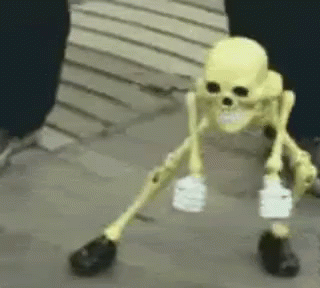
The skull!
Human skulls actually look different depending on if they are male or female, and depending on what part of the world they come from. While we all have the same 22 bones in our skulls, their size and shape are different depending on gender and racial heritage. A trained artist, anatomist, or anthropologist can tell the difference in a single glance.
True or False: The brain is a muscle.

False!
As it turns out, your brain isn't actually a muscle. It's an organ — one that actually plays a huge role in controlling muscles throughout your body. Muscle is made up of muscle tissue, which is muscle cells grouped into elastic bundles that contract together to produce motion and force.
This date is infamously known as unlucky should it fall on a Friday in any given month.

Friday the 13th!
While Friday the 13th may feel like a rare phenomenon, our Gregorian calendar means that the 13th of any month is slightly more likely to fall on a Friday than any other day of the week. It is not, however, a universal superstition: In Greece and Spanish-speaking countries, it is Tuesday the 13th that is considered a day of bad luck, while in Italy, it is Friday the 17th that is met with fear.
While this creature is a human being most of the time, the full moon makes them turn into a howling, furry monster!

Werewolf!
Werewolves, in popular legend are humans who can shape-shift into a wolf or a hybrid wolf-human form. In many werewolf stories this transformation occurs at night, often under the influence of a full moon. Belief in werewolves has waxed and waned over millennia, although “sightings” are still sometimes reported. In some stories, a human becomes a werewolf because of a curse or because of having been bitten or scratched by another werewolf. Alternatively, the person may have drunk water from a wolf’s paw print, been conceived during a new moon, or made a pact with the Devil.
True or False: The Gothic horror novella which follows a London legal practitioner who investigates a series of strange occurrences between his old friend and a murderous criminal is called Strange Case of Dr. Hyde and Mr. Jekyll.

False, it's Dr. Jekyll and Mr. Hyde!
Author Robert Louis Stevenson had long been intrigued by the idea of how human personalities can reflect the interplay of good and evil. Strange Case of Dr Jekyll and Mr Hyde is one of the most famous pieces of English literature, and is considered to be a defining book of the gothic horror genre. The novella has also had a sizeable impact on popular culture, with the phrase "Jekyll and Hyde" being used in vernacular to refer to people with an outwardly good but sometimes shockingly evil nature.
True or false: Bones are stronger than teeth.

False!
Your teeth are made up of about 96% mineral. Because they are almost entirely made up of solid mineral, this makes them stronger than your bones. This is also because there is no living tissue in your hard enamel layers. Your bones have living, soft tissues in them, which makes them a bit weaker than your teeth.
During what time of day does the most "memory consolidation" happen?
a. Morning
b. Afternoon
c. Evening
d. While Sleeping
d. While Sleeping
Memories seem to become more stable in the brain during the deep stages of sleep. After that, REM—the most active stage of sleep—seems to play a role in linking together related memories, sometimes in unexpected ways. That's why a full night of sleep may help with problem-solving.
Bad luck is said to come in:
a. Small packages
b. Threes
c. Moldy pumpkins
d. Coffins
b. Threes!
It's hard to pinpoint the origin of "Bad things come in threes." Some think the idea dates back to the Crimean War, when soldiers started to believe that if three of them lit their cigarettes with one match, one of those soldiers would be killed. Three is a significant number in many religions and cultures. There's the Holy Trinity in Christianity, for example. Some Wiccans and pagans also believe that whatever energy you put out into the world, positive or negative, comes back to you threefold.
These supernatural monsters are believed to be the soul or specter of a dead person, inhabiting the netherworld and capable of returning to the world of the living in various forms.
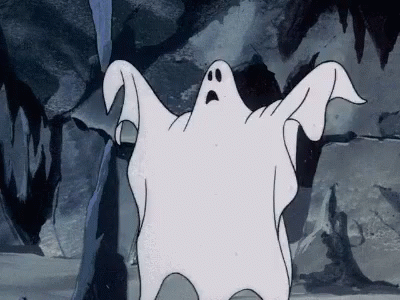
Ghosts!
According to descriptions or depictions provided by believers, a ghost may appear as a living being or as a nebulous likeness of the deceased or, occasionally, in other forms. Belief in ghosts is based on the ancient notion that a human spirit is separable from the body and may maintain its existence after the body’s death. In many societies, funeral rituals are believed to prevent the ghost from haunting the living.
Which famous American writer was known for writing short horror stories and poems like The Raven and The Tell-Tale Heart?
a. Nathaniel Hawthorne
b. Edgar Allan Poe
c. H.P. Lovecraft
d. Stephen King
b. Edgar Allan Poe
It’s difficult not to encounter the work of Edgar Allan Poe. His famous raven’s refrain “Nevermore” continues to caw in high school classrooms. The icy grip of his short stories keeps hold of our movie and TV screens generation after generation. But there’s more to Poe than spooky tales. Born in Virginia in 1809, Poe wrote in an era when American identity and literature were still being defined. Though best known for his Gothic horror stories and poetry, Poe also wrote humor, satire, hoaxes and is even credited for inventing the detective genre.
How many bones make up a human skeleton?
a. 30
b. 87
c. 155
d. 206
d. 206!
How much of the brain does the average human use?

100 Percent!
The long-held myth that people only use 10 percent of the brain couldn't be further from the truth. In fact, we use just about all parts of the brain, and most areas are active all of the time.
What are some common things people hold superstitions about?

Knocking on wood, throwing salt over your shoulder, walking under a ladder, breaking a mirror, stepping on a crack, Friday the 13th, black cats and many more!
This monster is often mistakenly called the name of his creator, a mad scientist who built a man out of spare parts and created life!

Frankenstein's Monster
Frankenstein, the title character in Mary Wollstonecraft Shelley’s novel Frankenstein, the prototypical “mad scientist” who creates a monster by which he is eventually killed. In Shelley's Gothic story, Victor Frankenstein builds the creature in his laboratory through an ambiguous method based on a scientific principle he discovered. Shelley describes the monster as 8 feet tall and emotional. The monster attempts to fit into human society but is shunned, which leads him to seek revenge against Frankenstein.
Who is the main character of the 1820 short story The Legend of Sleepy Hollow by Washington Irving?

Bonus: Who is the villain in the story?
Ichabod Crane!
Based on folklore, the story revolves around schoolteacher Ichabod Crane who competes against Brom Bones, a local prankster farmer, for the hand of Katrina Van Tassel. One night, after a party, Crane heads home only to be followed by what he thinks is the legend of Sleepy Hollow, the Headless Horseman. The horseman throws an object at Crane, which knocks him off his horse. The next day, the townspeople look for Crane but cannot find him; all they find is a smashed pumpkin where Crane's hat lies.
Bonus: The Headless Horseman
What is the spongy substance that's found inside of large bones called?
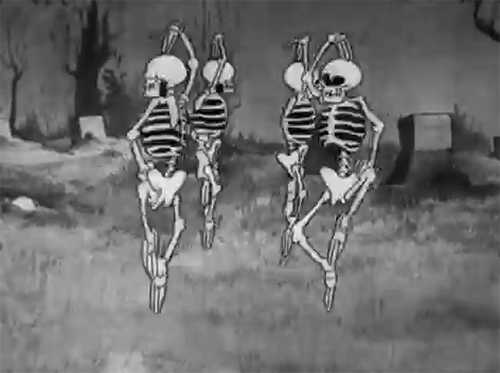
Marrow
Bone marrow is a spongy substance found in the center of the bones. It manufactures bone marrow stem cells and other substances, which in turn produce blood cells. Each type of blood cell made by the bone marrow has an important job. Red blood cells carry oxygen to tissues in the body.
There are various forms of therapy which can be used in taking care of your brain, what are some types besides talk therapy?

While there are the typical types of therapy like Cognitive and Behavioral, there are also many other kinds like Art, Play, Music, Dance and even Pet therapy!
For most people, the presence of an animal prompts the body to release serotonin, prolactin and oxytocin. These hormones generate a relaxation and stress-reducing response, according to UCLA Health. This hormone release can lower symptoms of depression and sadness, helping support good mental health.
What name are you not allowed to say in a theater?
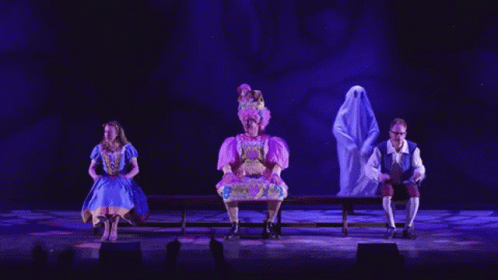
Bonus: Don't wish actors "good luck", tell them to ________!
Macbeth!
According to folklore, Macbeth was cursed from the beginning. A coven of witches objected to Shakespeare using real incantations, so they put a curse on the play. Legend has it the play’s first performance (around 1606) was riddled with disaster. The actor playing Lady Macbeth died suddenly, so Shakespeare himself had to take on the part. Other rumored mishaps include real daggers being used in place of stage props for the murder of King Duncan (resulting in the actor’s death).
Bonus: "Break a Leg!"
These monsters are commonly featured in the horror genre as undead creatures wrapped in bandages and coming from a sarcophagus.

Mummies!
The famous reanimated mummy monster concept first appeared in Arthur Conan Doyle's short story "Lot No. 249" in 1892. Before that, reanimated mummies did appear in fiction, such as Théophile Gautier's romantic tale The Mummy's Foot, but not as a horror monster. Rafe McGregor writes in The Conan Doyle Weirdbook that "Lot No. 249" is "One of the most significant [stories] in the history of supernatural fiction [for] being the first to depict a reanimated mummy as a sinister, dangerous creature."
This short tale has made its way into pop culture in numerous forms over time, telling the story of a cursed ______ paw that grants wishes with terrifying consequences?

Monkey's Paw!
In this short tale, Mr. and Mrs. White acquire a cursed monkey’s paw from a friend. This paw supposedly grants three wishes to its owner — a claim that’s jokingly rebuffed by the Whites and their son. And yet, Mr. White can’t resist the allure of at least trying the thing out, and flippantly wishes for 200 pounds. As the reader can guess, they get their wish, but it brings some unintended and horrific consequences.
What is the largest bone in your body?

Bonus: What is the smallest?
The Femur!
Bonus: The Stapes, right in the middle ear.
